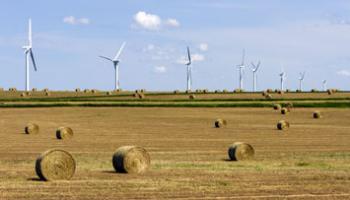Overview
Data visualization
Data sources
The data used to create this interactive web application is from the following listed data tables:
- Statistics Canada. Table 11-10-0222-01: Household spending, Canada, regions and provinces
- Statistics Canada. Table 11-10-0223-01: Household spending by household income quintile, Canada, regions and provinces
- Statistics Canada. Table 11-10-0224-01: Household spending by household type
- Statistics Canada. Table 11-10-0225-01: Household spending by household tenure
- Statistics Canada. Table 11-10-0226-01: Household spending by size of area of residence
- Statistics Canada. Table 25-10-0029-01: Supply and demand of primary and secondary energy in terajoules, annual


